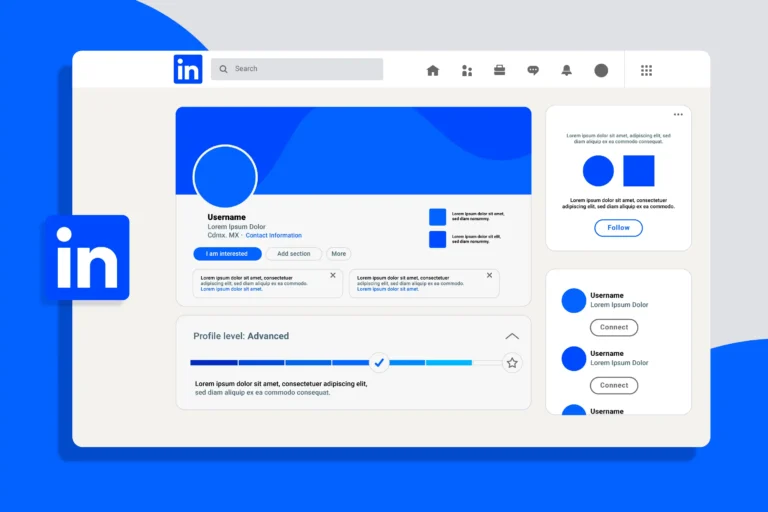Introduction to Web Development
Web development is the process of building and maintaining websites and web applications. It encompasses simple static web pages, complex web applications, e-commerce systems, and social network services.

Core Components of Web Development
1. Front-End Development
Front-end development focuses on what users see and interact with directly.
- HTML: The backbone of any website, providing the structure and content.
- CSS: The stylist, is responsible for the look and feel, from colors and fonts to layout and positioning.
- JavaScript: The magician, adds dynamic behaviors and interactions that bring websites to life.
- To ensure a seamless experience across all devices, front-end developers employ Responsive Design techniques, adapting websites to fit various screen sizes, from tiny smartphones to large desktop monitors.
2. Back-End Development
Back-end development handles server-side operations and database management.
- Server-side programming (PHP, Python, Node.js, etc.)
- Database management (MySQL, MongoDB, PostgreSQL)
- API development and integration
- Security implementation
3. Full-Stack Development
Full-stack development combines both front-end and back-end expertise.
Essential Tools and Technologies
- Code Editors: VS Code, Sublime Text, WebStorm
- Version Control: Git and GitHub
- Package Managers: npm, yarn
- Development Frameworks: React, Angular, Vue.js
- Testing Tools: Jest, Mocha, Selenium
Best Practices in Web Development
- Write clean, maintainable code
- Implement proper security measures
- Optimize performance and loading speed
- Follow SEO guidelines
- Ensure cross-browser compatibility
- Use responsive design principles
Development Process
- Planning and Requirements Gathering
- Design and Wireframing
- Development
- Setting up a development environment
- Writing code
- Implementation of features
- Testing
- Unit testing
- Integration testing
- User acceptance testing
- Deployment and Maintenance
Performance Optimization
Key aspects of optimizing web performance:
- Image optimization
- Code minification
- Caching implementation
- CDN usage
- Database query optimization
Security Considerations
Essential security measures for web applications:
- SSL/TLS implementation
- Input validation
- Cross-site scripting (XSS) prevention
- SQL injection protection
- Regular security updates
Future Trends
Emerging trends in web development:
- Progressive Web Apps (PWAs)
- Artificial Intelligence integration
- WebAssembly
- Serverless architecture
- JAMstack development
Conclusion
The world of web development is in a state of perpetual evolution. To thrive in this dynamic landscape, developers must remain committed to lifelong learning and embrace emerging technologies. A solid foundation in core principles, coupled with a keen eye for innovation, is the key to building exceptional web experiences.
Remember: The best web developers never stop learning and stay curious about new technologies while mastering the fundamentals.












